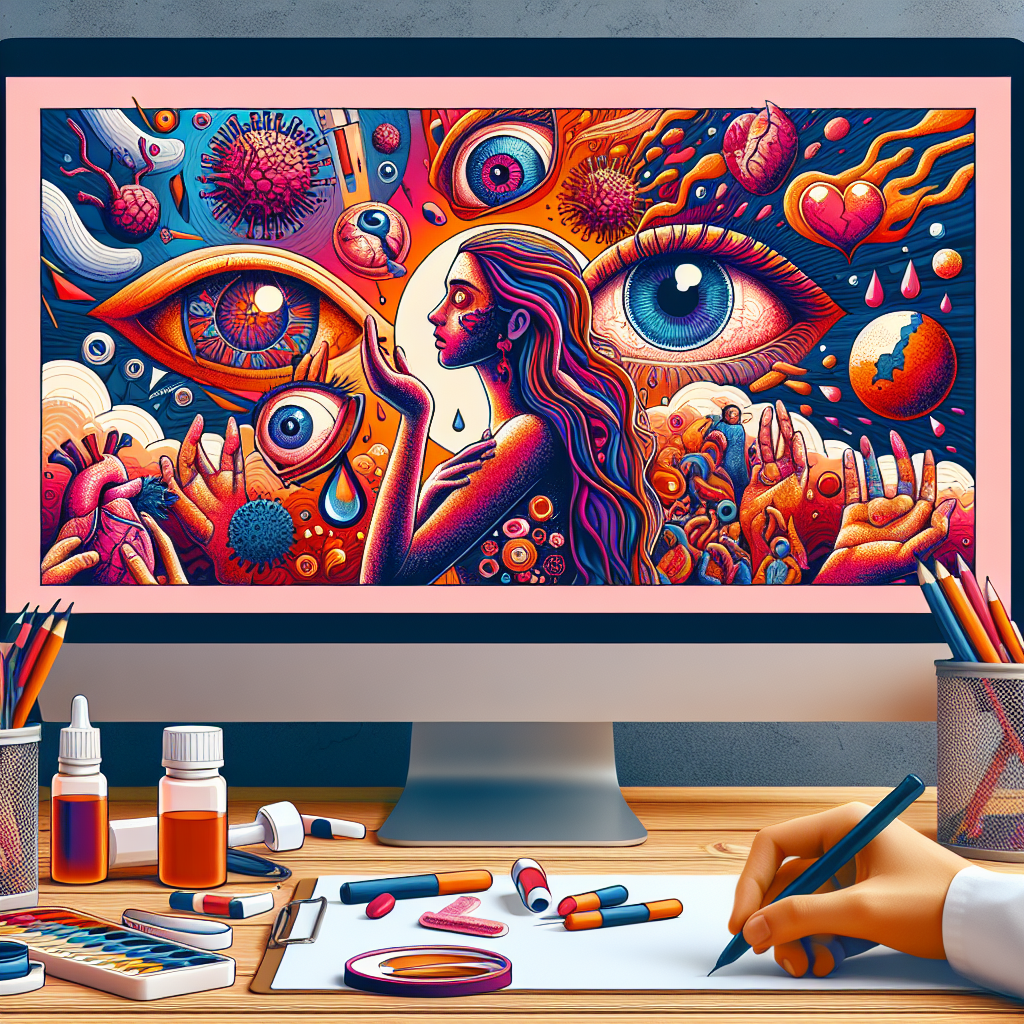Introduction
Imagine walking through a desert, the sun blazing above, and your eyes are parched as though deprived of every drop of moisture. For many people, this isn’t just a metaphor—it’s a daily struggle. Dry eyes, an unrelenting condition that affects millions across the United States, can turn the simplest tasks into arduous challenges. But fear not, as there are remedies designed to quench your eyes’ thirst. In this article, we explore the best anti-inflammatory solutions for dry eyes, offering insight, hope, and relief.
- Understanding Dry Eyes
- Causes and Symptoms
- Best Anti-Inflammatory Solutions
- When to Seek Professional Help
- Key Takeaways
- Frequently Asked Questions
- Conclusion
Understanding Dry Eyes
Dry eyes occur when your tears are unable to provide adequate lubrication for your eyes. This can be likened to a river running dry, leaving the land barren and cracked. The imbalance may stem from insufficient tear production or increased evaporation. The result? Irritation, redness, and a burning sensation that can transform your world from vivid color to dull monotony.
Causes and Symptoms
Like a detective on a mission, understanding the causes of dry eyes can lead you to the source of discomfort. Common culprits include:
- Environmental factors such as wind or smoke
- Prolonged screen use without breaks
- Aging processes that naturally reduce tear production
- Certain medical conditions, including diabetes and rheumatoid arthritis
- Medications like antihistamines or antidepressants
Symptoms often manifest as persistent dryness, itching, light sensitivity, and blurred vision—a kaleidoscope of discomforts that can cloud your daily experiences.
Best Anti-Inflammatory Solutions
The quest for the best anti-inflammatory for dry eyes can feel like searching for an oasis in a desert. Fortunately, effective solutions exist:
Over-the-Counter Eye Drops
These drops act as a soothing balm, offering temporary relief by mimicking natural tears. Look for preservative-free options to avoid further irritation.
Prescription Medications
If over-the-counter options are insufficient, prescription medications like cyclosporine (Restasis) or lifitegrast (Xiidra) may be recommended by your healthcare provider. These medications work by reducing inflammation and increasing tear production.
Lifestyle Adjustments
Simple changes can be powerful allies in combating dry eyes. Consider using a humidifier to add moisture to the air, taking regular breaks from screens, and wearing sunglasses outdoors to protect against environmental irritants.
When to Seek Professional Help
If dry eyes persist despite home remedies, it may be time to consult with an eye care professional. Like a lighthouse guiding ships to safety, professional guidance can illuminate the path toward clearer vision. For comprehensive information on eye infections and stye treatments, consider seeking specialized services.
Key Takeaways
- Dry eyes result from insufficient tear lubrication.
- Common causes include environmental factors and certain medications.
- Effective treatments range from over-the-counter drops to prescription medications.
- Lifestyle changes can significantly alleviate symptoms.
- Consult an eye care professional if symptoms persist.
Frequently Asked Questions
What are some common triggers for dry eyes?
Triggers include prolonged screen time, environmental factors like wind, and certain medications.
Can diet influence dry eye symptoms?
A balanced diet rich in omega-3 fatty acids may help improve tear quality and reduce inflammation.
Is dry eye syndrome permanent?
While chronic, the condition can often be managed effectively with the right treatment plan.
Conclusion
The journey through the desert of dry eyes need not be a solitary one. With the right tools and guidance, relief is within reach. Remember, maintaining eye health is essential for your overall well-being. For more urgent concerns, explore our urgent care services. Embrace the solutions available to you—your vision deserves clarity, comfort, and care.
For authoritative information on managing dry eye syndrome, consult resources from the National Eye Institute.











